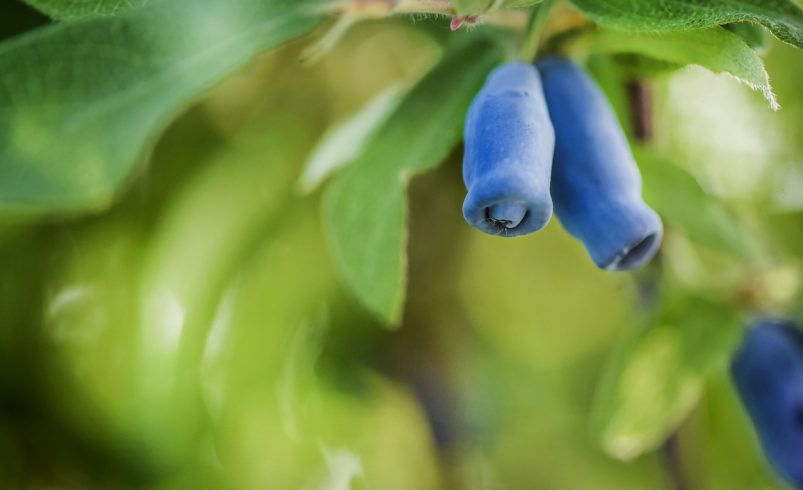Growing strawberries in raised beds – A complete guide

Strawberries are among the easiest fruits for home gardeners to grow. These berries are perennials that return to the garden year after year, they are perfect for small spaces, and you can grow them for a fraction of their supermarket cost. If you want to start a crop of your own quickly and simply, try growing strawberries in raised beds. This article has all the info you’ll need to get started. It’s a complete guide to raised bed strawberry growing – from planting to harvest.
Raised garden beds are the perfect fit for strawberries. They offer the good drainage strawberry plants require, and they make it easy to control the quality of the soil your berries are grown in. In addition, raised garden beds make it easy to care for the plants. Protecting the berries from birds is far simpler than when growing strawberries in the ground, and there’s no bending required to harvest the fruits.

More benefits of growing strawberries in raised beds include:
- Making sure the plants receive ample water is a piece of cake
- Weeding is kept at a minimum
- The fast-spreading plants are kept contained
The good news is that all types of strawberries are suited to raised bed growing. You don’t need to seek out a particular variety or shop at a special nursery for the plants. The main things to keep in mind are that different varieties produce at different times, each variety has a slightly different taste, and some varieties are better for colder climates than others. Read the plant tag, catalog description, or packaging to ensure the strawberry variety you are looking at is right for your climate. Be sure it is in your growing zone. Most strawberries are to -30°F.
The good news is that strawberries can be grown anywhere from sunny to cool and frosty Canada – and everywhere in between!

Next, decide when you want to harvest. There are three main types of strawberries:
- June-bearing varieties: Produce a large, single crop all at once, typically in mid-June to early July. June-bearing strawberries are the best choice if you plan to preserve your berries as jam
- Day-neutral varieties: Produce smaller amounts of fruits throughout most of the growing season
- Everbearing varieties: Produce two crops annually, one in the early summer and another in the early autumn.
Regardless of which type you choose, when growing strawberries in raised beds, you’ll want to be sure you get your plants off to a good start by watering them both before and after planting. If the plants are bare-root (no soil on them), soak the roots in water for 8 hours before planting.




